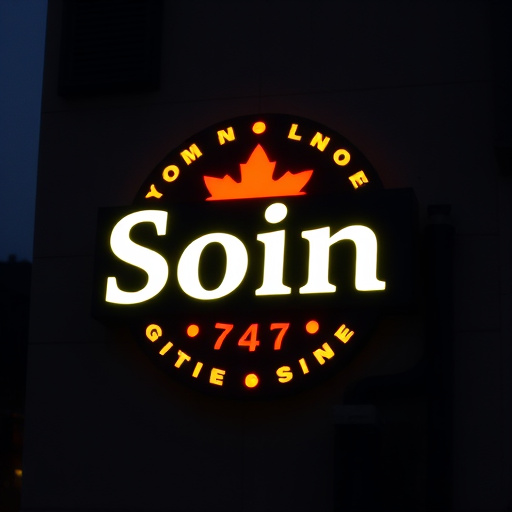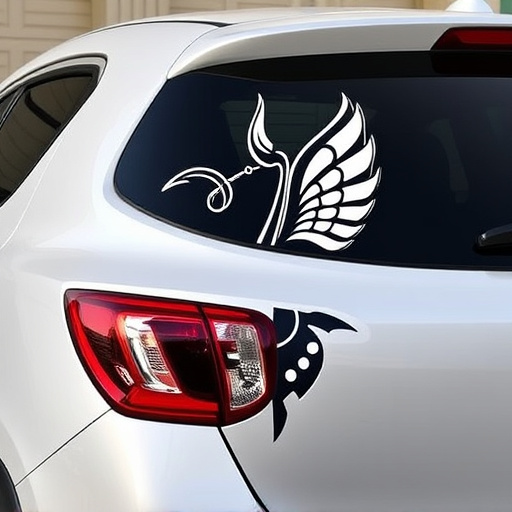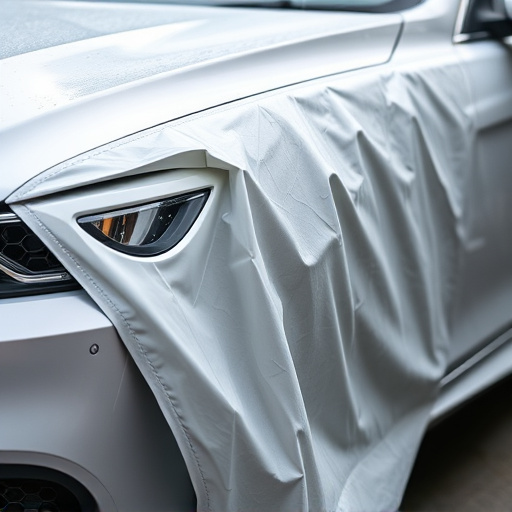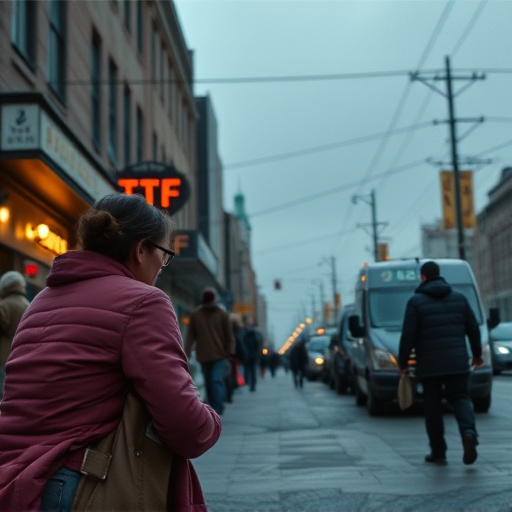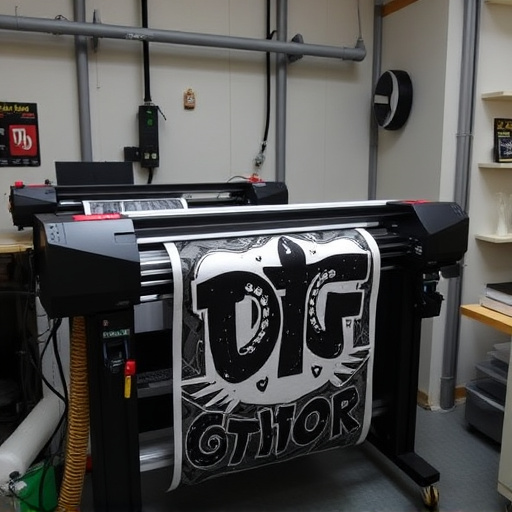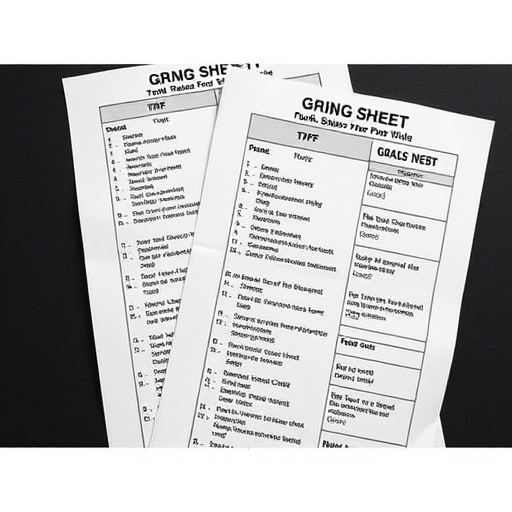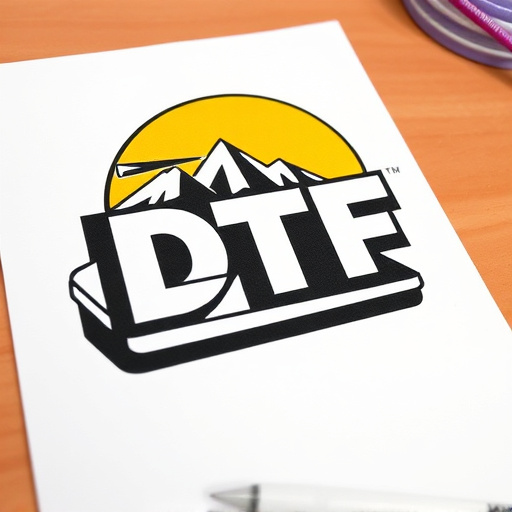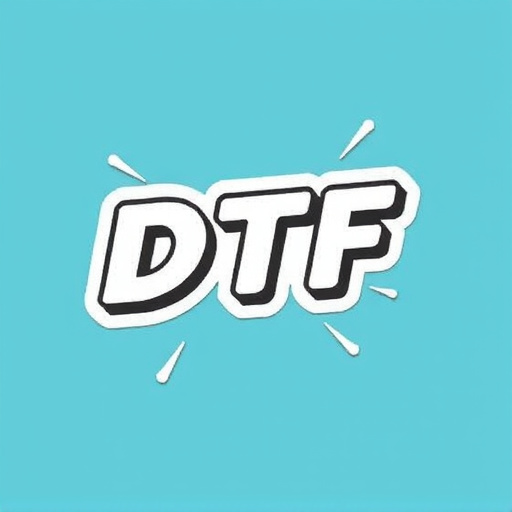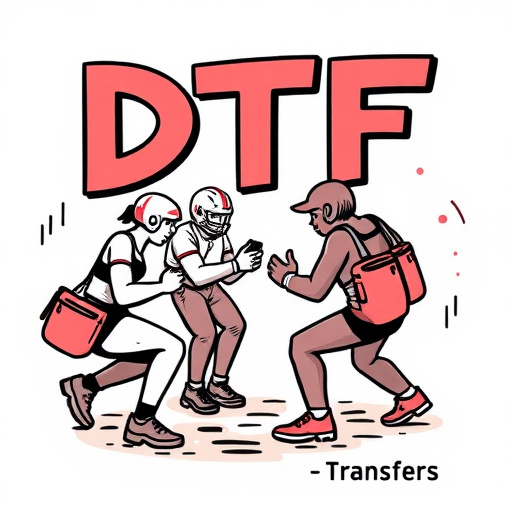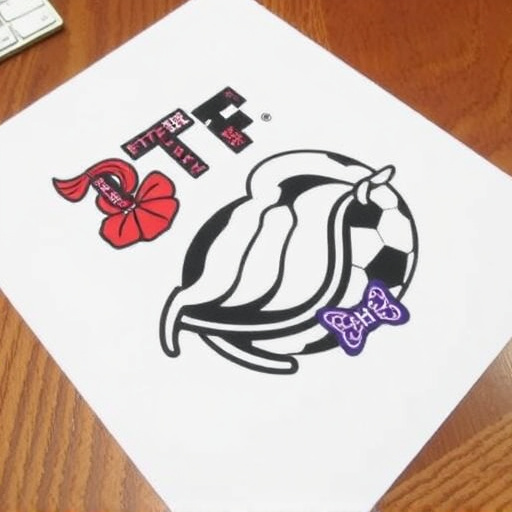DTF Fabric Printing is a modern, efficient method for creating high-quality custom apparel like hoodies, using transparent film as a stencil to precisely print designs onto various fabrics under heat and pressure. While versatile, it has limitations with complex artwork and detail precision compared to sublimation techniques. Choose DTF for vibrant colors on diverse fabrics or sublimation for crisp details and smooth gradients on polyester, based on desired outcome, fabric type, budget, and intended use.
“In the realm of fabric printing, DTF (Direct-to-Fabric) technology has emerged as a game-changer, offering unique advantages over traditional sublimation techniques. This article delves into the intricacies of the DTF fabric printing process, highlighting its benefits and drawbacks. We’ll explore how DTF compares to sublimation in terms of quality, versatility, and efficiency. By understanding these factors, businesses and designers can make informed decisions when choosing between DTF and sublimation for their custom fabric needs.”
- Understanding DTF Fabric Printing Process
- Advantages and Limitations of DTF Over Sublimation
- Choosing Between DTF and Sublimation Techniques
Understanding DTF Fabric Printing Process
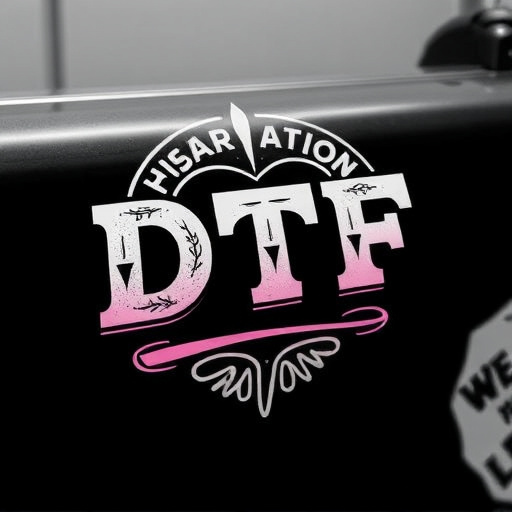
DTF Fabric Printing, or Direct-to-Film Transfer Printing, is a cutting-edge technique that has revolutionized the custom apparel industry. This innovative process involves printing designs directly onto a film, which is then applied to fabric using heat and pressure. Unlike traditional methods, DTF offers a straightforward and efficient way to create high-quality, personalized garments like direct to film personalized hoodies. The simplicity lies in its ability to print on a variety of fabrics without the need for intricate setup or specialized equipment.
The process begins with designing artwork, often using vector graphics, that is then printed onto transparent film. This film acts as a stencil, allowing precise control over the design’s placement on the fabric. Once the film is prepared, it’s carefully positioned over the target material, typically a blank hoodie or t-shirt. Heat and pressure are applied to fuse the ink from the film into the fabric fibers, resulting in vibrant, long-lasting prints. This technique is not only ideal for creating custom dtf transfers but also ensures that each piece of apparel becomes a unique, personalized statement.
Advantages and Limitations of DTF Over Sublimation

DTF (Direct to Film) fabric printing offers several advantages over sublimation techniques. One of its key benefits is speed and efficiency; DTF can print on a variety of fabrics, including cotton, polyester, and blended materials, with quick turnaround times. This makes it ideal for small batches, custom orders, or creating personalized items like direct to film personalized hoodies. The process involves transferring ink directly onto the fabric using a high-resolution film, ensuring vibrant colors and sharp details.
However, DTF printing also has limitations. It is primarily suitable for simple designs and may not be as effective for complex artwork or images with fine details. Unlike sublimation, which can handle more intricate patterns, DTF printing has a limit to the level of detail it can reproduce. Additionally, while DTF provides excellent color accuracy, it may not match the durability and longevity of sublimation prints, especially on certain fabric types.
Choosing Between DTF and Sublimation Techniques
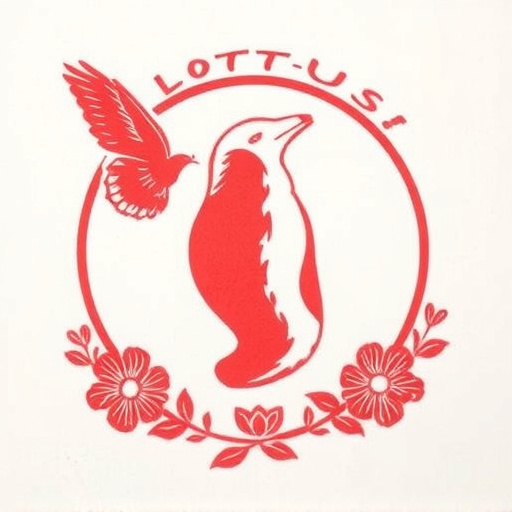
When deciding between DTF (Direct to Fabric) Printing and Sublimation Techniques for custom graphic tees or other textile products, several factors come into play. DTF involves applying a special transfer film directly onto the fabric, which is then cured with heat and pressure. This method offers vibrant colors, excellent durability, and a wide range of fabric types suitable for both light and heavy weights.
On the other hand, sublimation uses heat to transfer designs from a printing medium (like paper) directly into the fabric molecules, resulting in crisp details and smooth color gradients. However, it’s primarily limited to polyeste-based fabrics. The choice between DTF and sublimation depends on your desired outcome, the type of fabric, budget, and whether you’re targeting specific items like custom graphic tees or promotional products.
DTF (Direct-to-Fabric) printing offers a versatile and cost-effective alternative to traditional sublimation techniques for fabric personalization. By directly applying ink to the fabric’s surface, DTF printing provides vibrant colors and superior durability, making it ideal for a range of applications. While sublimation still has its advantages in certain scenarios, DTF fabric printing simplifies the process, reduces waste, and allows for faster turnaround times. When choosing between these methods, consider factors like design complexity, fabric type, and desired production speed to make an informed decision that best suits your needs.


